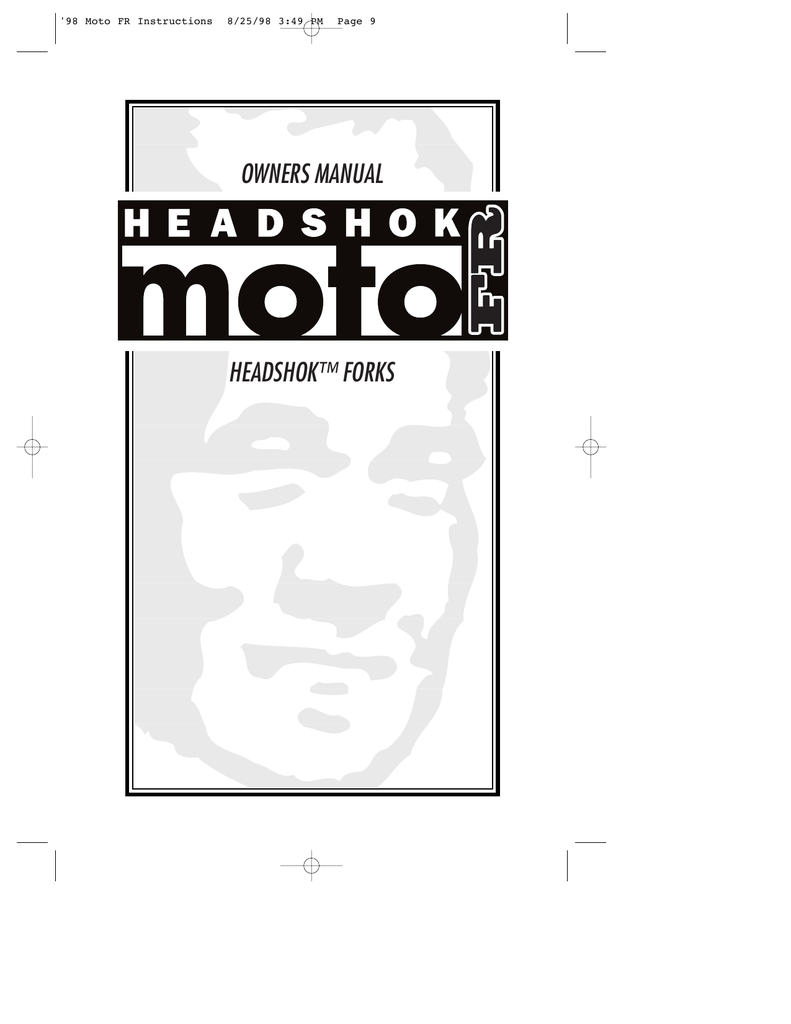Varkraft 3 126a Pryamoj Ssilkoj
Contents • • • • • Background [ ] The music derives from Prokofiev's, a touching love story set against the backdrop of demonic possession. This opera had been accepted for performance in the 1927-28 season at the by, but this production never materialised; in fact, the opera was never staged in Prokofiev's lifetime. Prokofiev, who had been working on the opera for years, was reluctant to let the music languish unperformed, and after hearing a concert performance of its second act given by in June 1928, he adapted parts of the opera to make his third (shortly afterwards, he drew on his ballet for his in similar fashion). The symphony, which was dedicated to was premiered on 17 May, 1929 by conducting the. Movements [ ] The symphony is in four movements, lasting around 30–35 minutes. • • • agitato — • Andante mosso — Allegro moderato Though the music of the symphony is based on that of the opera, the material is developed symphonically; the symphony is therefore rather than.
The first movement, in traditional, opens with clashing chords played by the whole orchestra, along with tolling bells, setting a mood of threat and unrest. An impassioned first theme enters on strings, while a melancholy second theme on bassoons and lower strings provides contrast.

Sep 05, 2017 U ukrainskich pasozytow!Po pol roku. This feature is not available right now. Please try again later. Sergei Prokofiev wrote his Symphony No. 3 in C minor, Op.
The climactic development section follows, finding space for a third theme, which eventually combines with the first two themes. After a grave climax with gigantic orchestral chords and a last 'struggle' in marching rhythms, the ethereal recapitulation ensues, in which the first and second themes are integrated, although much reduced and played softer, as if only the shadow of what was before remains. The second movement, a meditative andante with a tripartite structure, displays Prokofiev's talent in creating fragile, gossamer textures.
When doing this the bearings and races will come out. It's best to label the races and where they go along with the bearings so that they are replaced the same way they were assembled.  The next thing is to remove the outer steerer from the assembly. Some races are different thickness, you may want a micrometer to measure them with.
The next thing is to remove the outer steerer from the assembly. Some races are different thickness, you may want a micrometer to measure them with.
Ebook ekonomi pembangunan todaro and smith pdf. Todaro New York University Stephen C.
The central section is more brooding in nature, with the theme consisting of semitones. In the third movement, we hear hybrid elements from both of the movements that preceded it: though the textures are lighter than in the first movement, the sense of foreboding is back, as dithering strings create a chilling effect. They are intensified by insistent announcements from the brass choir and bass drum. Finally, in the fourth movement, Prokofiev reprises musical materials from earlier in the symphony, beginning at a comfortable andante pace and gradually accelerating. The themes of the opening movement are threaded into the narrative before the Third comes to rest on a fearsome juggernaut of violent chords. Instrumentation [ ] The work is scored for the following.
